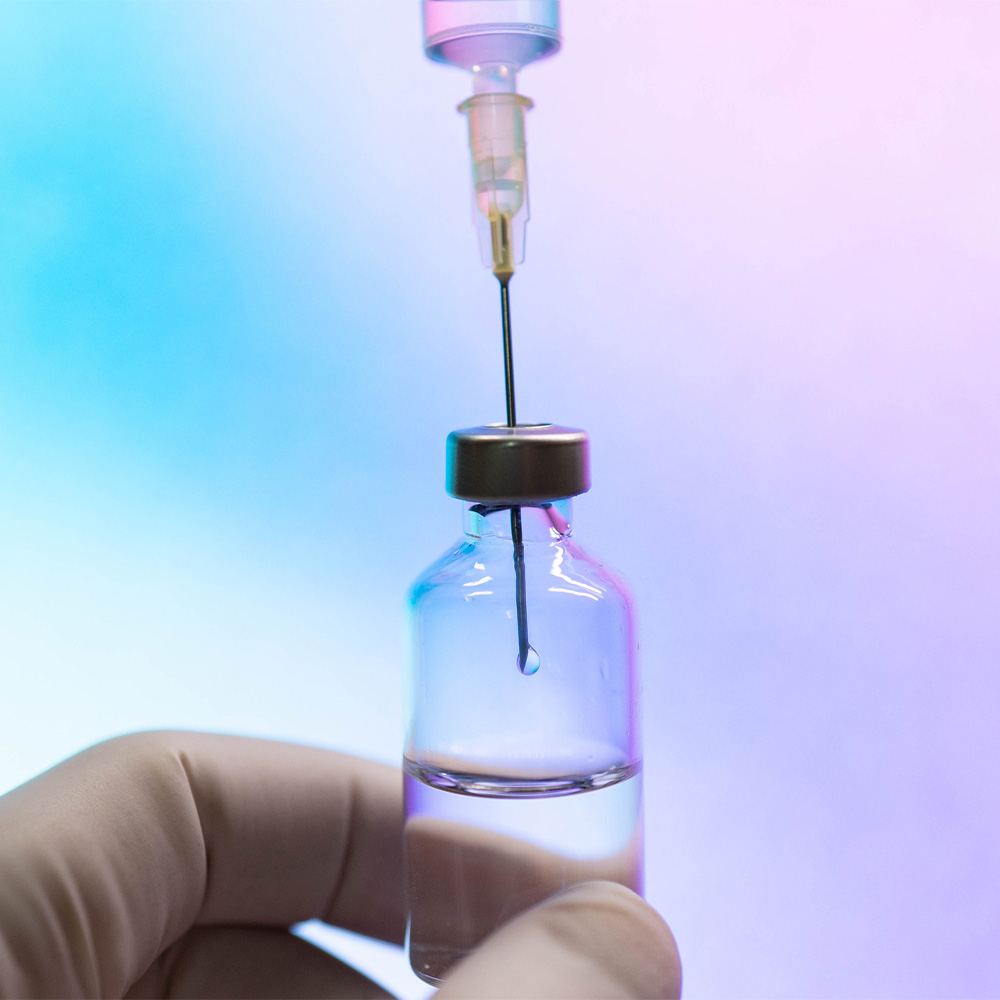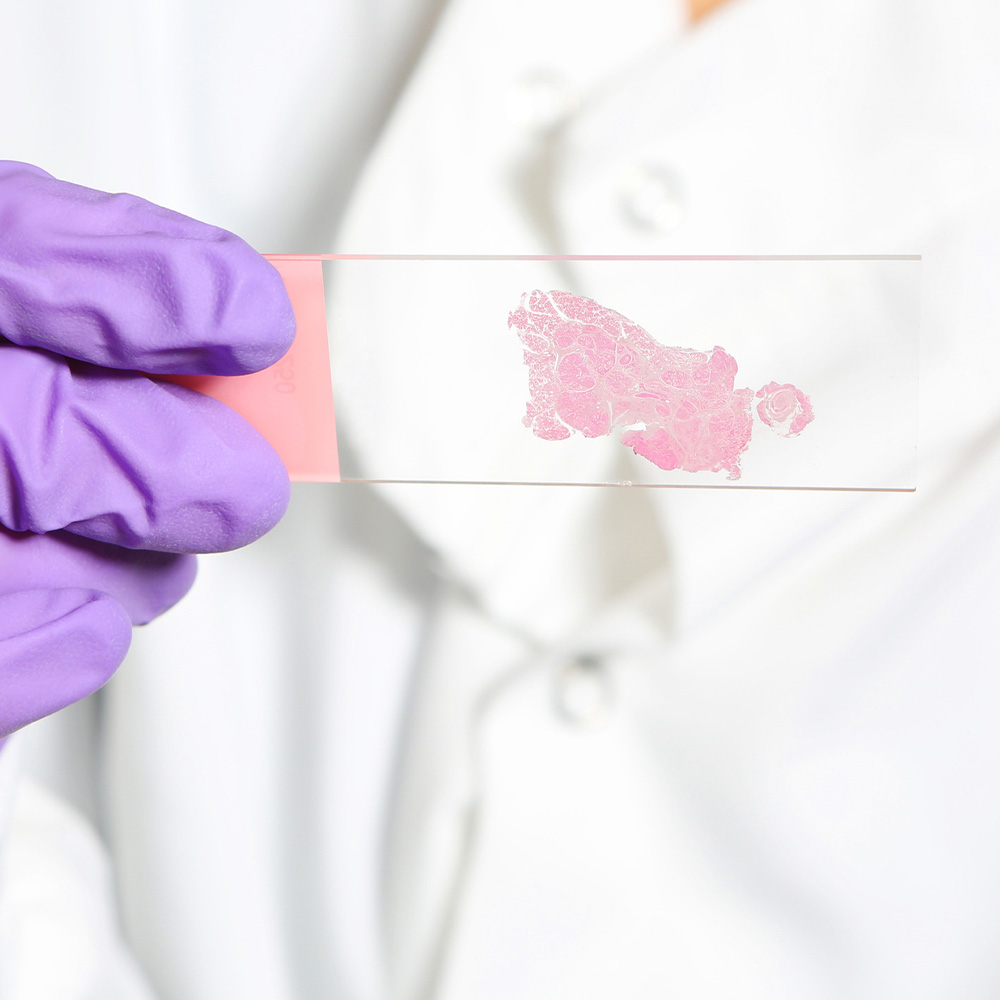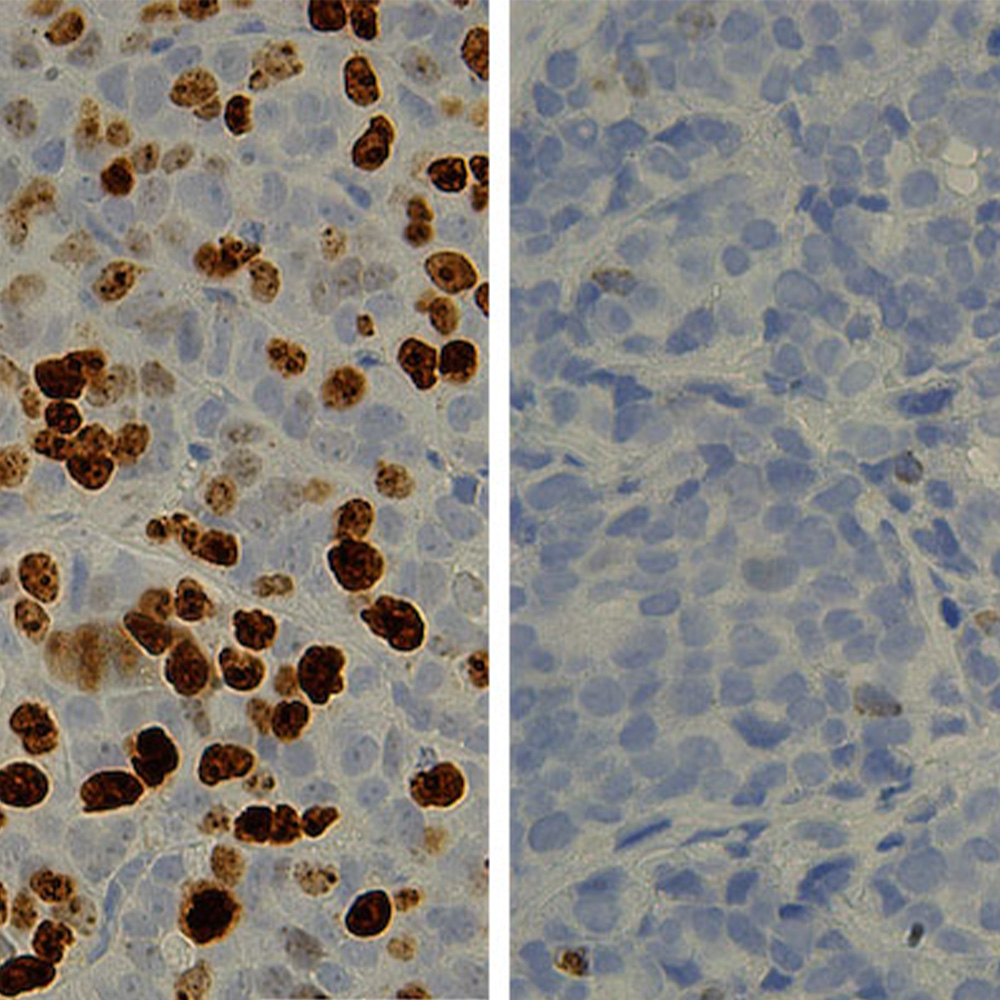Technological integration places academic medical center among the “Most Wired” for fifth consecutive year

DALLAS – July 21, 2015 – UT Southwestern Medical Center is on the national “Most Wired” hospitals list for a fifth consecutive year, thanks to its use of such technologies as databases to help physicians better identify high-risk patients and tools that keep physicians, nurses, and patients communicating effectively.
The “Most Wired” list is distributed annually by Hospitals & Health Networks magazine, the flagship publication of the American Hospital Association. The magazine evaluates hospitals on information technology in four areas: infrastructure, business/administrative management, clinical quality/safety, and clinical integration.
“Our technology seamlessly integrates into every mission at UT Southwestern,” said Dr. Bruce Meyer, Executive Vice President for Health System Affairs. “It is fundamental to continually improve patient care, to remain at the forefront of innovative research, and to ensure the next generation of physicians is well-prepared for the challenges awaiting them. Receiving this honor for the fifth consecutive year reflects that commitment on all fronts.”
To promote technology integration, UT Southwestern recently announced the establishment of the Lyda Hill Department of Bioinformatics, which is using technology to bridge research and clinical care. The new department is dedicated to developing UT Southwestern’s capability in bioinformatics, a discipline that provides tools for managing and analyzing the extremely large data sets that are increasingly key to addressing the most important scientific and medical challenges. Finding the patterns in these data sets has become an essential component of biomedical discovery and is crucial to developing new therapeutic strategies and to understanding the foundations of life and the defects that cause disease. Created with an exceptional $25 million gift from Dallas businesswoman and philanthropist Lyda Hill, this support is strengthening investment in modern computing infrastructure that is vital to the work of the Medical Center.
In addition, data warehousing – compiling large databases – helps medical researchers identify and investigate trends, determine which new technologies are most effective, and identify populations that are most at risk. Investing in data warehouse development supports UT Southwestern’s distinctive mission as an academic medical center.
UT Southwestern’s latest technological advancements in support of patient care have focused on expanding technology to enable more interaction between caregivers and patients beyond the walls of the Medical Center.
“We are applying technology to improve the overall health and well-being of the patients we serve, not just when they are in the hospital here in Dallas,” said Suresh Gunasekaran, Associate Vice President and Chief of Operations for Health System Affairs. “For example, within UT Southwestern University Hospitals, we are using videoconferencing to help caregivers communicate with patients, but we are also using this technology to connect patients with their families in other locations.”
UT Southwestern has also further expanded telemedicine capabilities in its clinics, launching a “video visits” pilot program in which select clinics use telemedicine to benefit patients. In areas such as heart care, stroke, and transplant medicine, videoconferencing allows UT Southwestern physicians to connect with patients and physicians outside the immediate area to provide the benefit of UT Southwestern’s expertise. Referring physicians have been significant benefactors of this type of technological outreach. With appropriate patient consent, more than 150 community physicians and several area hospitals are able to electronically connect and send medical information to UT Southwestern’s information systems.
“Secure information technologies connect UT Southwestern physicians with referring physicians in the community so that patients can have the best medical experience when visiting the Medical Center,” Mr. Gunasekaran said.
Technology and data also are being used to help identify at-risk patients and gaps in care, so that programs can be tailored to better assist patients. By applying data warehousing and advanced analytics technologies, analysts and physicians are able to identify patients that are most at-risk for illness, or patients who are missing routine preventative care. Automated systems perform real-time analysis to ensure that these care gaps are both identified and addressed. The aim is to get a more complete view of the patient, integrating patient information into electronic health records by making the MyChart tool more easily accessible through smartphone applications.
MyChart allows patients to make and track appointments, see test results, communicate with physicians and nurses, and carry medical records easily in their pocket through phone apps. In addition, an increasing number of people are using the apps to help manage health care needs for elderly parents and children.
“We are using these technologies to make a difference in patient’s lives even when they are not on our campus,” Mr. Gunasekaran added.
Videoconferencing also is playing a greater role and has been fundamentally integrated into UT Southwestern’s William P. Clements Jr. University Hospital and Zale Lipshy University Hospital. Through videoconferencing technology at the hospitals, patients are able to connect with loved ones as well as physicians, whether at UT Southwestern or in their hometowns. Physicians on campus are able to connect with UT Southwestern doctors at other locations, with pathologists to discuss lab results, and with colleagues around the world.
In keeping with UT Southwestern’s mission to educate current and future generations of physicians, UT Southwestern faculty can use the videoconferencing technology to improve learning opportunities for medical students. For example, SMART Board technology is integrated throughout the two hospitals, which allows medical records, x-rays, and other images to be accessed for medical conferences and case discussions among multidisciplinary teams, while allowing students instant access to the notations being made. That keeps UT Southwestern at the forefront of medical education and ensures graduates are nationally competitive and prepared for the next steps in their education.
Testing new technologies prior to large rollouts, as well as ensuring data remains secure, are critical elements of UT Southwestern’s technology strategy. The Medical Center’s information technology development was driven by a 2002 gift from an anonymous donor who challenged the university to develop an IT infrastructure that would augment the quality of care provided to patients. Additional donations ensured that this infrastructure was used to drive patient-centric innovation and improvement.
“The steadfast backing we continue to receive from the philanthropic community and its visionary leaders helps UT Southwestern to maintain its leading edge in the technology that advances patient care and the research that is essential to providing the highest quality of care,” said Dr. Meyer, who holds the T.C. Lupton Family Professorship in Patient Care, in Honor of Dr. John Dowling McConnell and Dr. David Andrew Pistenmaa.
About UT Southwestern Medical Center
UT Southwestern, one of the premier academic medical centers in the nation, integrates pioneering biomedical research with exceptional clinical care and education. The institution’s faculty includes many distinguished members, including six who have been awarded Nobel Prizes since 1985. The faculty of more than 2,700 is responsible for groundbreaking medical advances and is committed to translating science-driven research quickly to new clinical treatments. UT Southwestern physicians provide medical care in 40 specialties to about 92,000 hospitalized patients and oversee approximately 2.1 million outpatient visits a year.
###
Media Contact: Russell Rian
214-648-3404
russell.rian@utsouthwestern.edu
To automatically receive news releases from UT Southwestern via email,
subscribe at www.utsouthwestern.edu/receivenews




